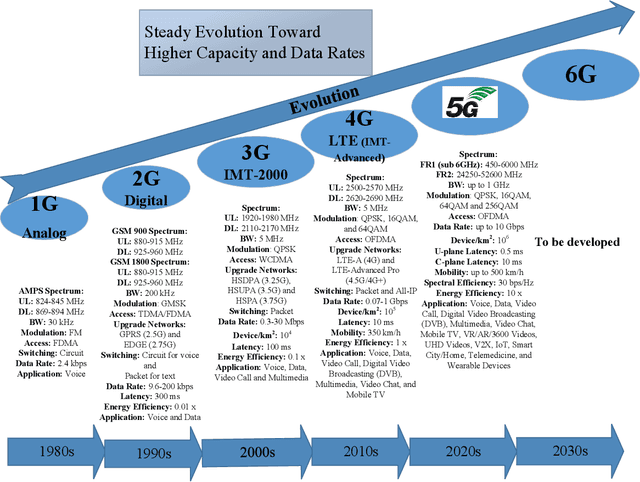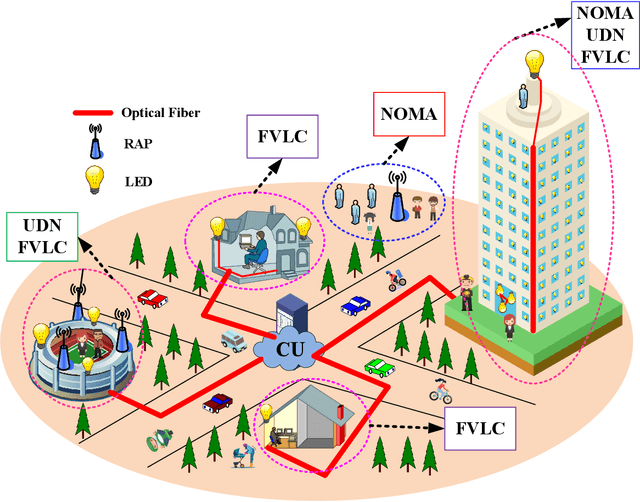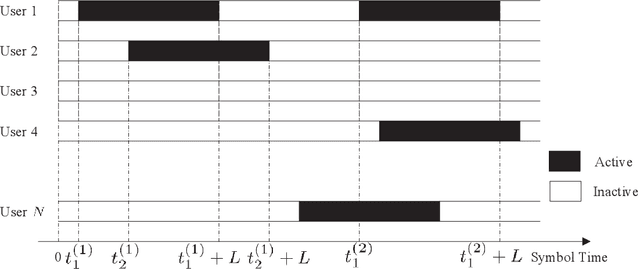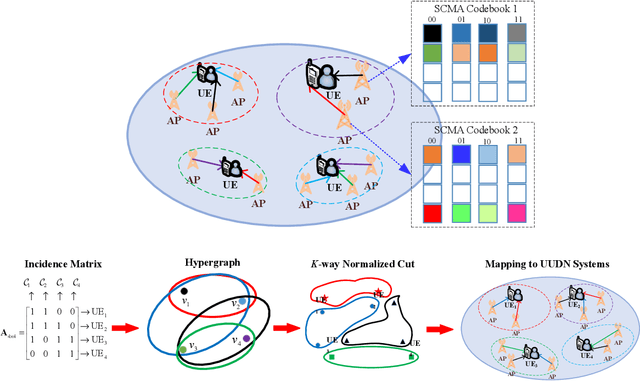Sparse Code Multiple Access for 6G Wireless Communication Networks: Recent Advances and Future Directions
Paper and Code
Apr 03, 2021



As 5G networks rolling out in many different countries nowadays, the time has come to investigate how to upgrade and expand them towards 6G, where the latter is expected to realize the interconnection of everything as well as the development of a ubiquitous intelligent mobile world for intelligent life. To enable this epic leap in communications, this article provides an overview and outlook on the application of sparse code multiple access (SCMA) for 6G wireless communication systems, which is an emerging disruptive non-orthogonal multiple access (NOMA) scheme for the enabling of massive connectivity. We propose to apply SCMA to a massively distributed access system (MDAS), whose architecture is based on fiber-based visible light communication (FVLC), ultra-dense network (UDN), and NOMA. Under this framework, we consider the interactions between optical front-hauls and wireless access links. In order to stimulate more upcoming research in this area, we outline a number of promising directions associated with SCMA for faster, more reliable, and more efficient multiple access in future 6G communication networks.
 Add to Chrome
Add to Chrome Add to Firefox
Add to Firefox Add to Edge
Add to Edge